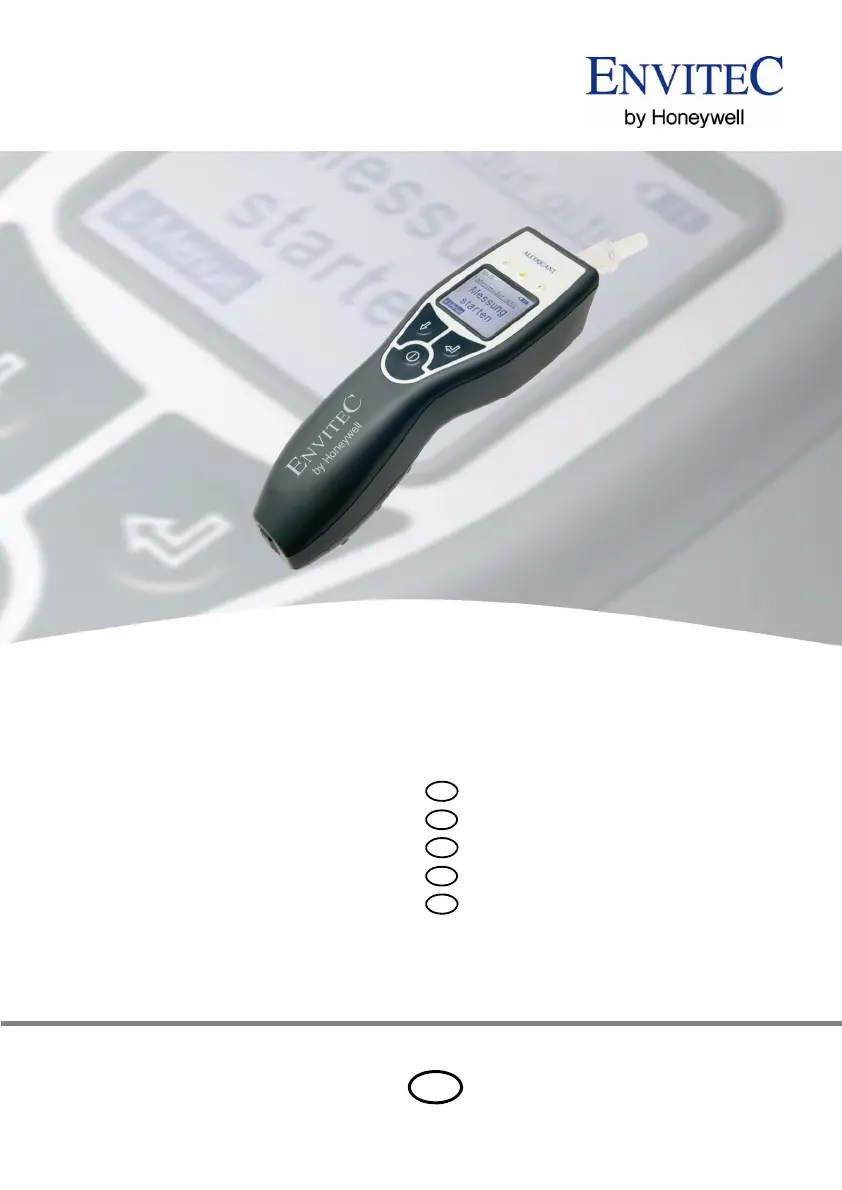Envitec AlcoQuant 6020 Bruksanvisning
Envitec
Inte kategoriserad
AlcoQuant 6020
Läs gratis den bruksanvisning för Envitec AlcoQuant 6020 (108 sidor) i kategorin Inte kategoriserad. Guiden har ansetts hjälpsam av 23 personer och har ett genomsnittsbetyg på 4.8 stjärnor baserat på 12 recensioner. Har du en fråga om Envitec AlcoQuant 6020 eller vill du ställa frågor till andra användare av produkten? Ställ en fråga
Sida 1/108

059-07-11000300-k.doc Technische Änderungen vorbehalten!
D
© 07.2008 EnviteC-Wismar GmbH
AlcoQuant 6020
Gebrauchsanweisung
Operating Instructions
GB
Instrucciones de uso
E
Notice d'utilisation
F
Istruzioni per l'uso
I
Gebruiksaanwijzing
NL
Produktspecifikationer
| Varumärke: | Envitec |
| Kategori: | Inte kategoriserad |
| Modell: | AlcoQuant 6020 |
Behöver du hjälp?
Om du behöver hjälp med Envitec AlcoQuant 6020 ställ en fråga nedan och andra användare kommer att svara dig
Inte kategoriserad Envitec Manualer

18 September 2024
Inte kategoriserad Manualer
- G3 Ferrari
- CMI
- Vivotek
- Ambrogio
- KRK
- Armcross
- Cooler Master
- Hama
- Withings
- Leifheit
- Sony Optiarc
- Cactus
- Oregon Scientific
- Toomax
- Carry-on
Nyaste Inte kategoriserad Manualer

9 April 2025

9 April 2025

9 April 2025

9 April 2025

9 April 2025

9 April 2025

9 April 2025

9 April 2025

9 April 2025

9 April 2025